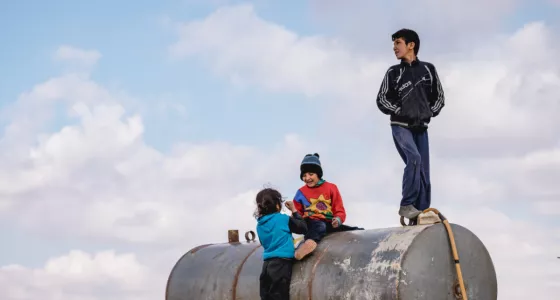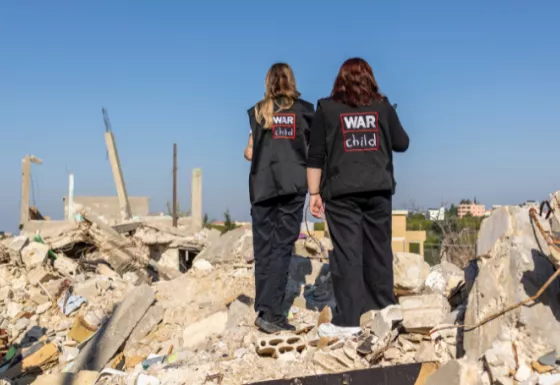On paper, it promised calm, the opportunity for families to rebuild their shattered lives. To move on from the loss and destruction. In reality, it has been a year of broken promises. A year in which violence has continued and children have continued to pay the highest price.
The rules of war, the very foundations of humanitarian law, seem to matter less and less, and not just in Lebanon but in Gaza, Sudan and other countries around the world too. Perhaps the most chilling part is how little this has made the news. The silence is not peace, it’s a symptom of how normalised violations of international law and peace agreements have become.
In Lebanon, the consequences of the fractured ceasefire are written into the lives of families who have already lived through far too much. In recent weeks, the country has suffered some of the worst waves of strikes since the truce.
At least 127 people have been killed in ongoing Israeli strikes, including 16 children with many more injured and Israeli forces continue to occupy five locations in southern Lebanon. These numbers should stop the world in its tracks.


